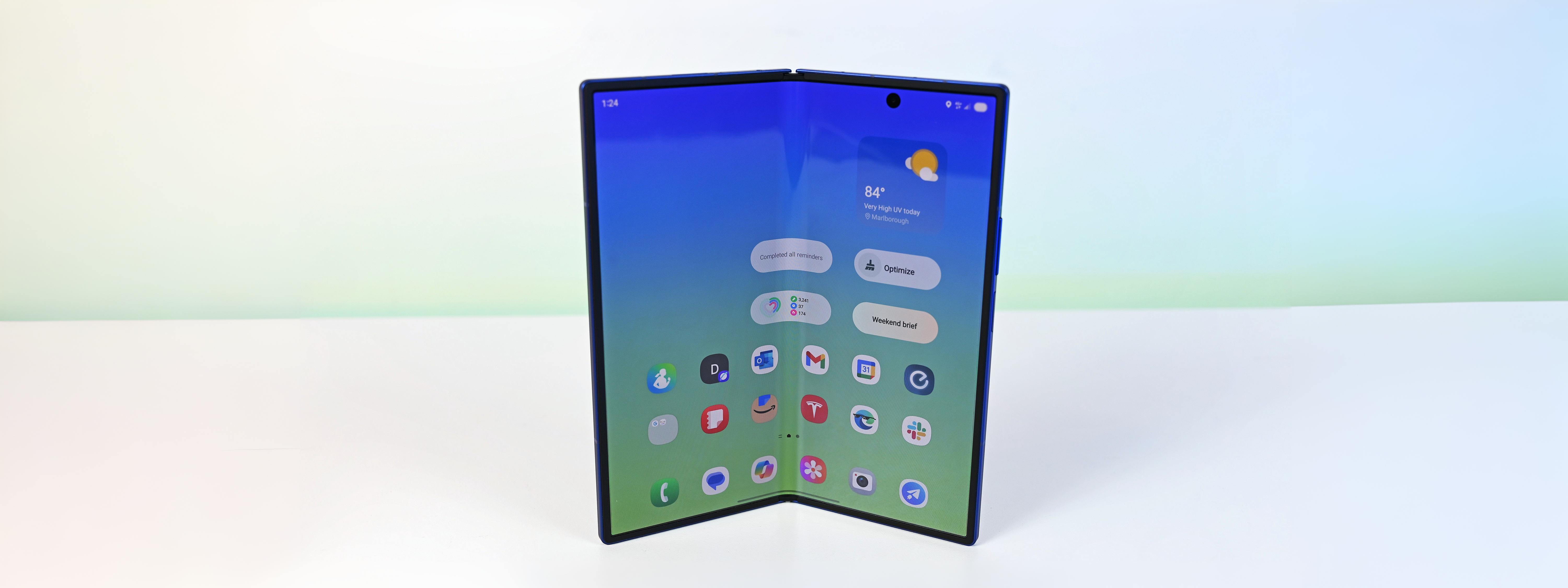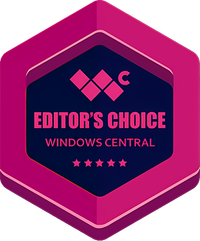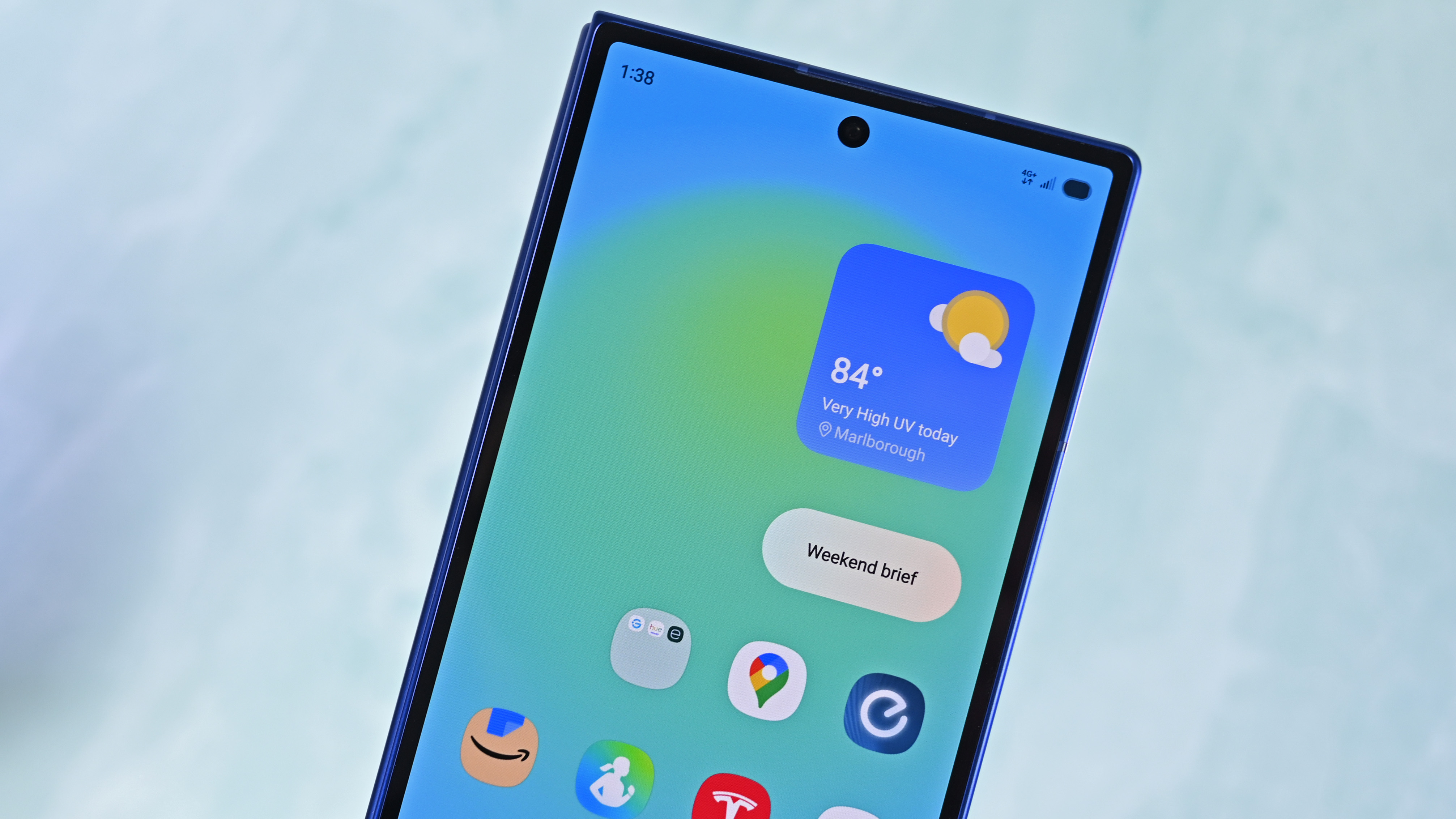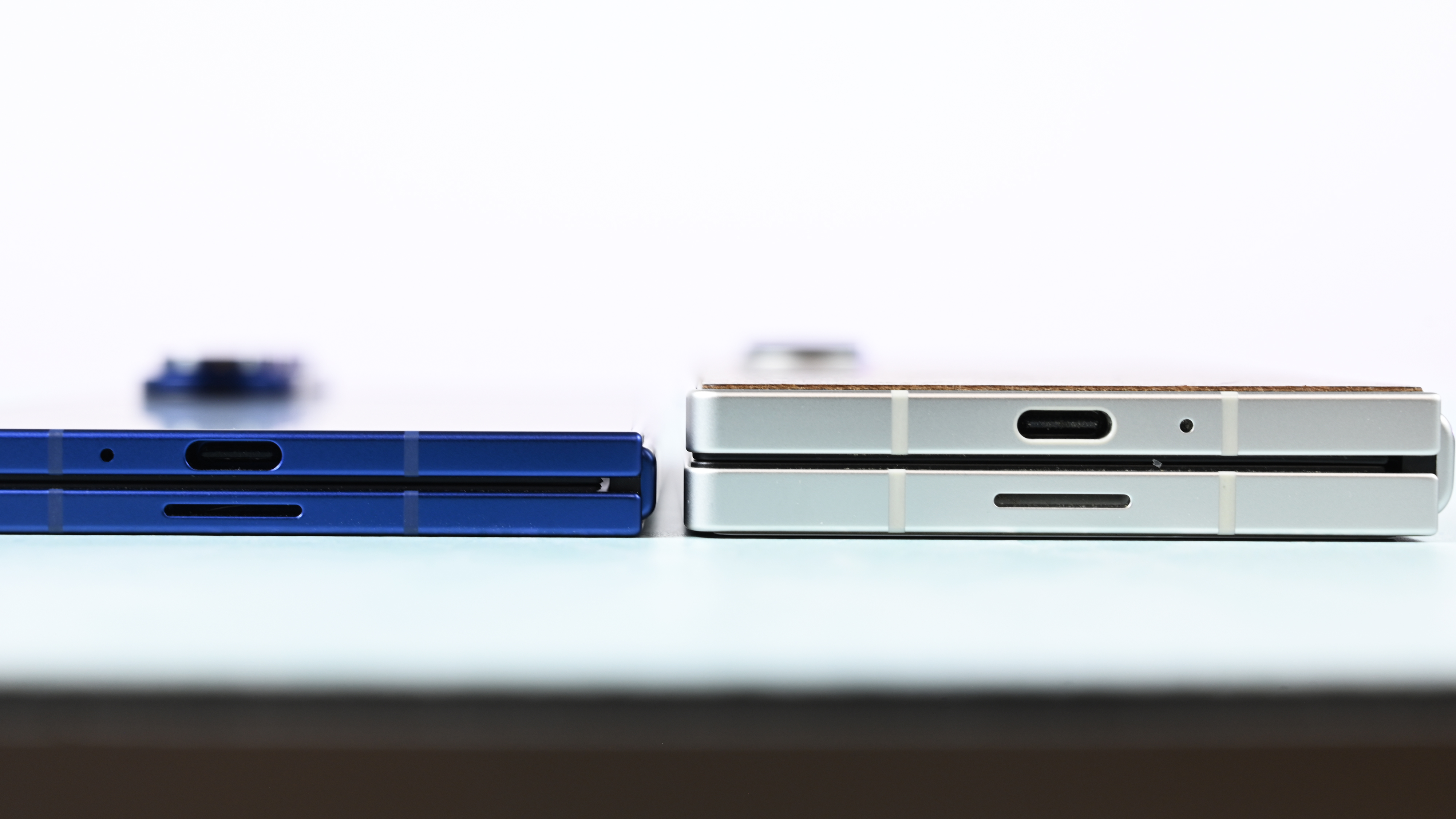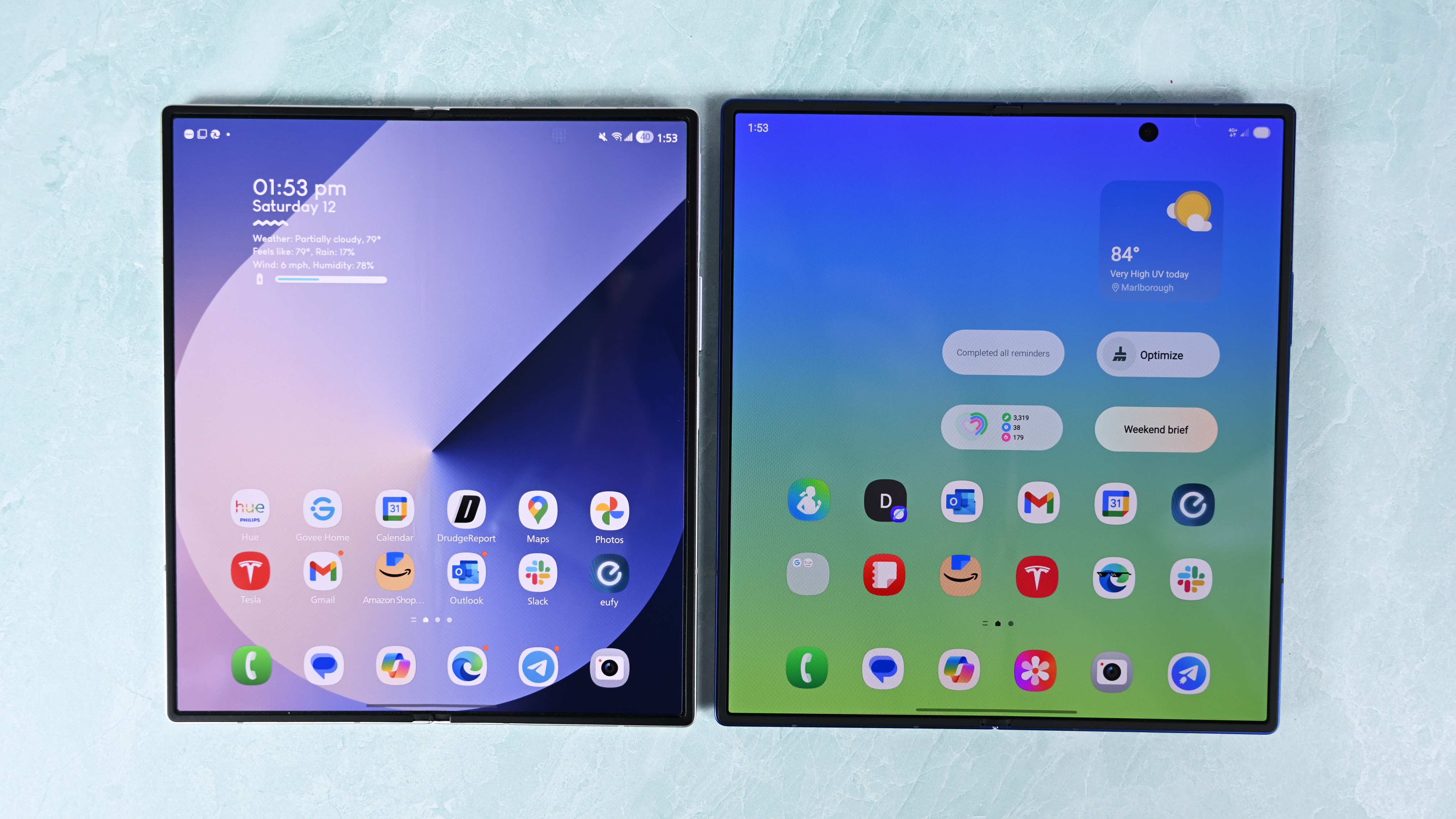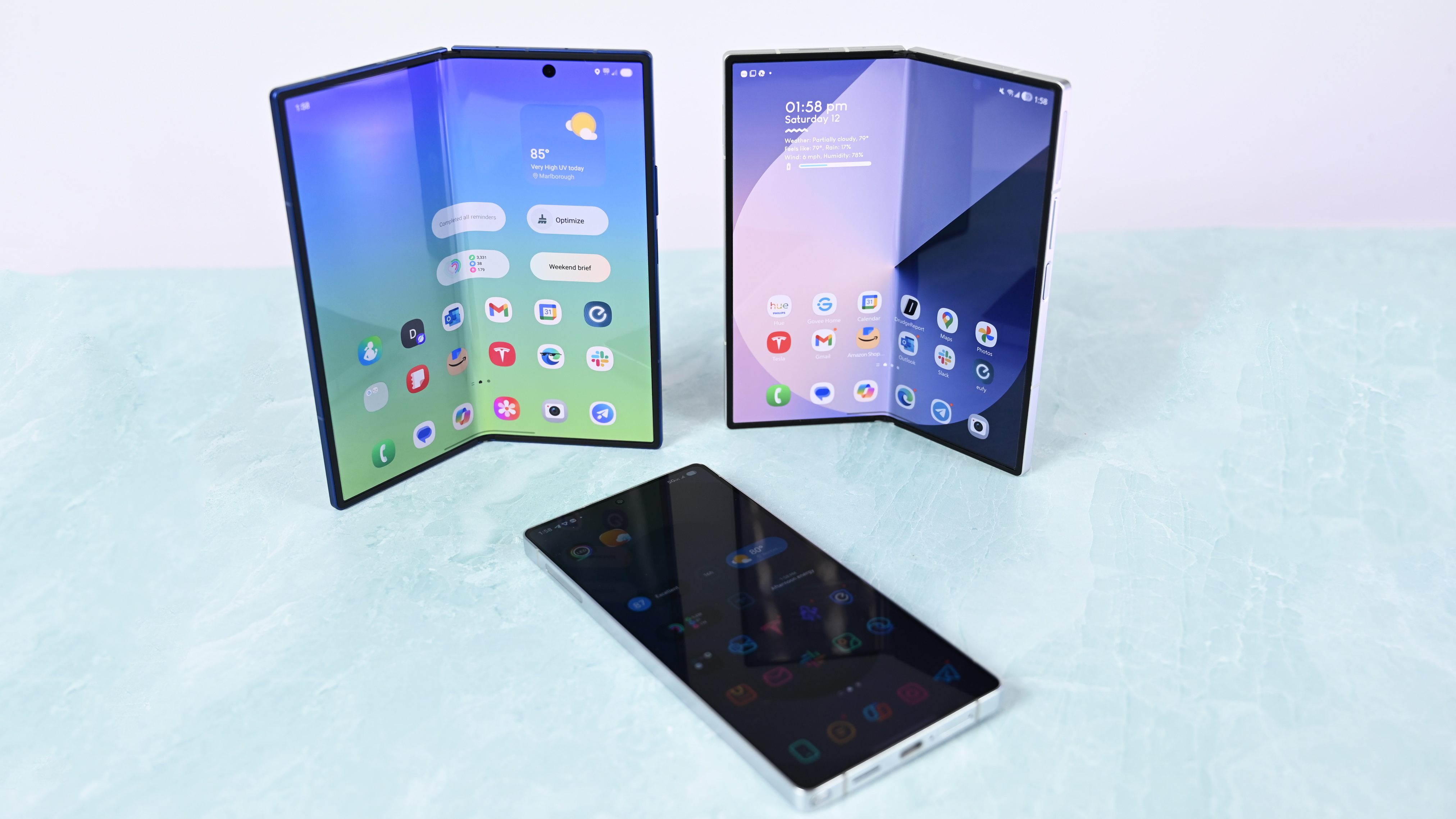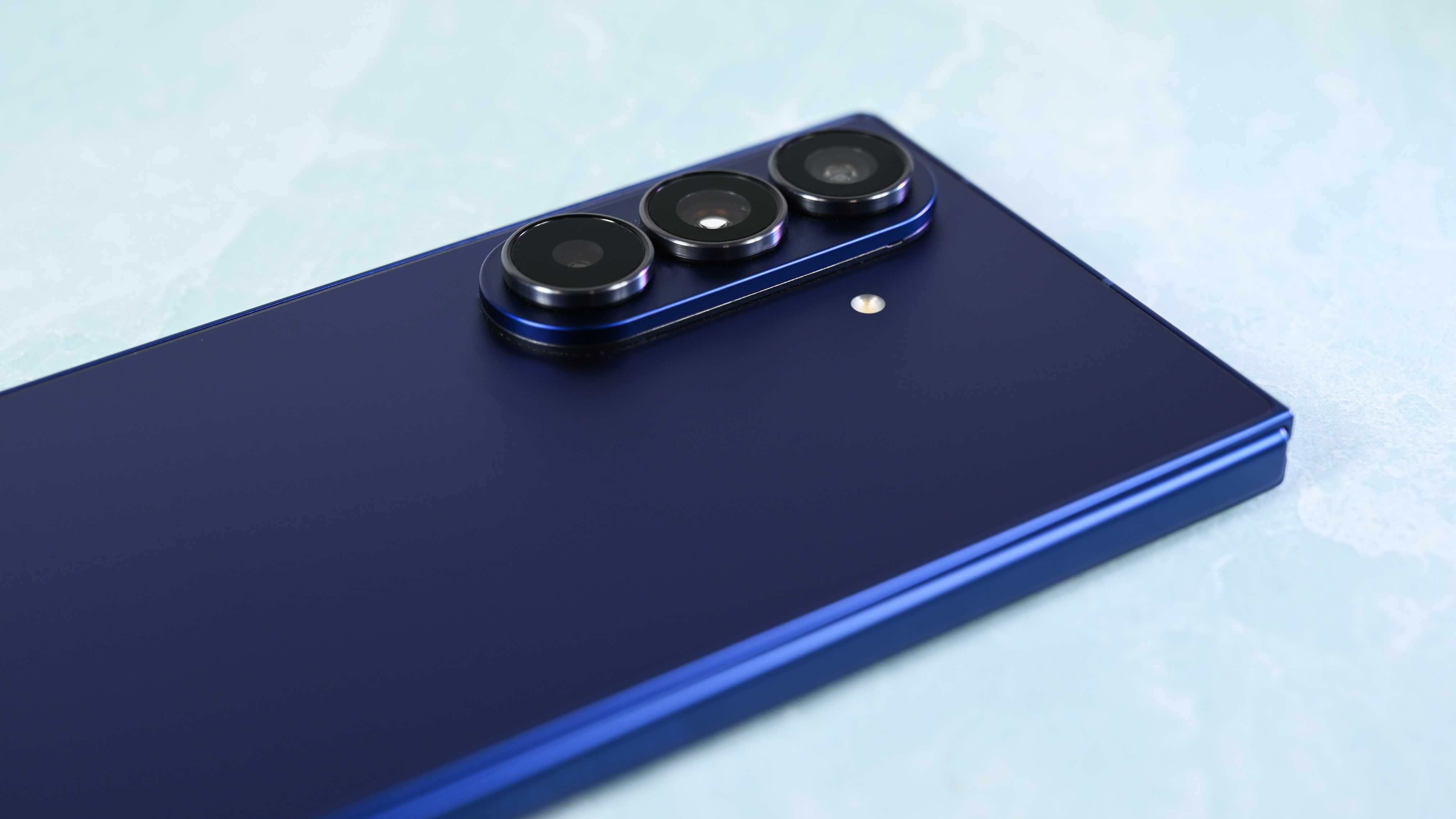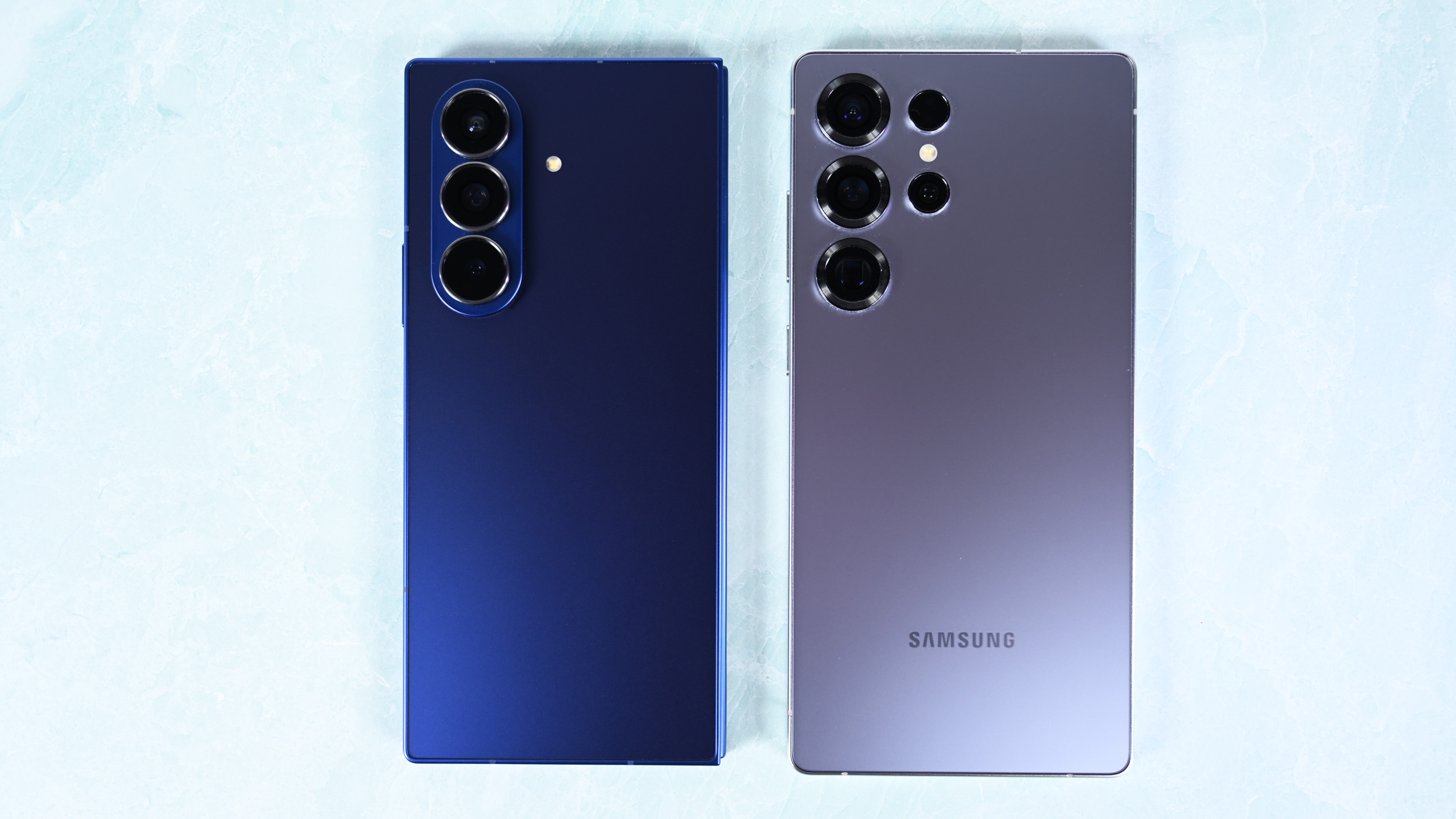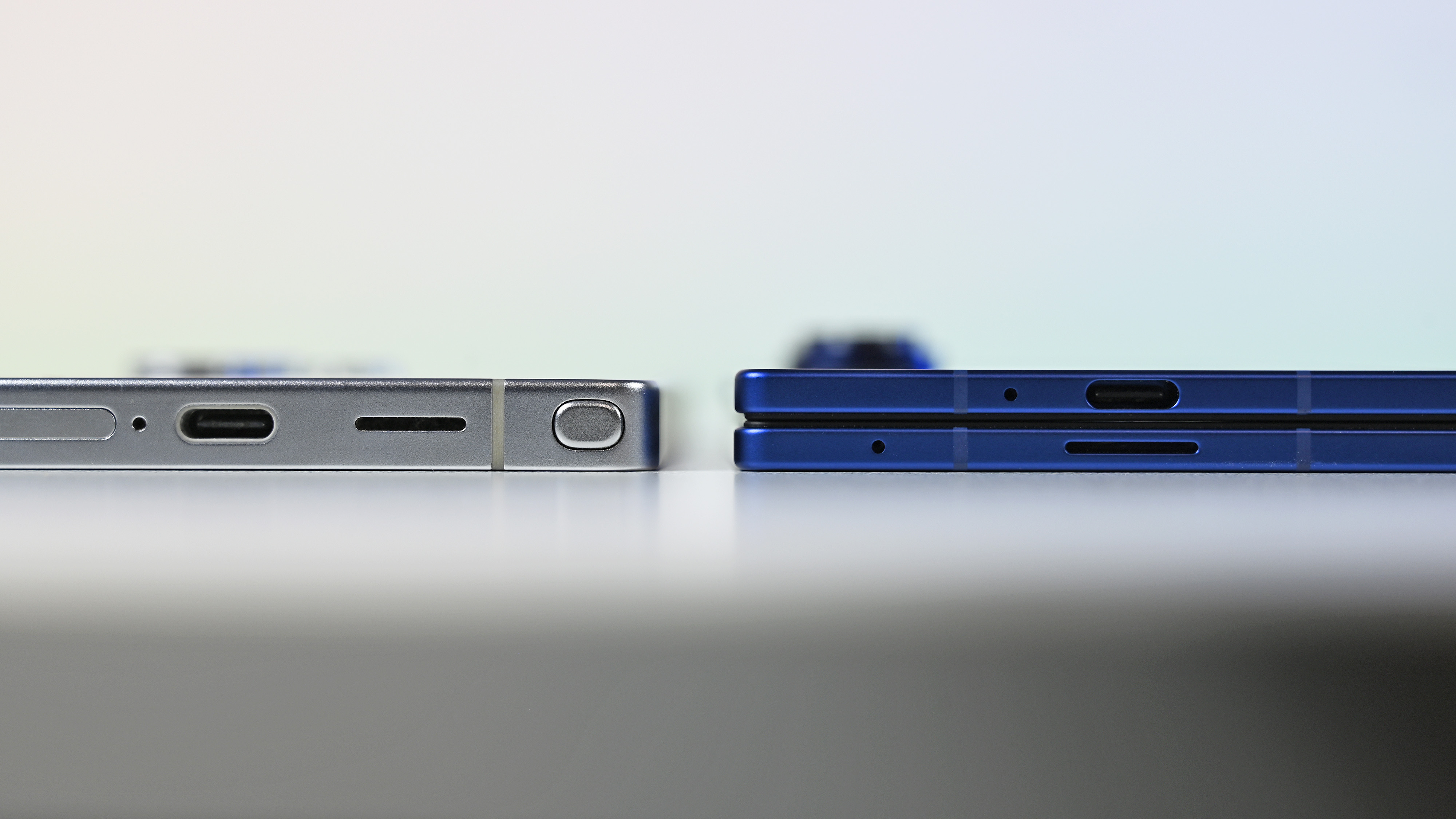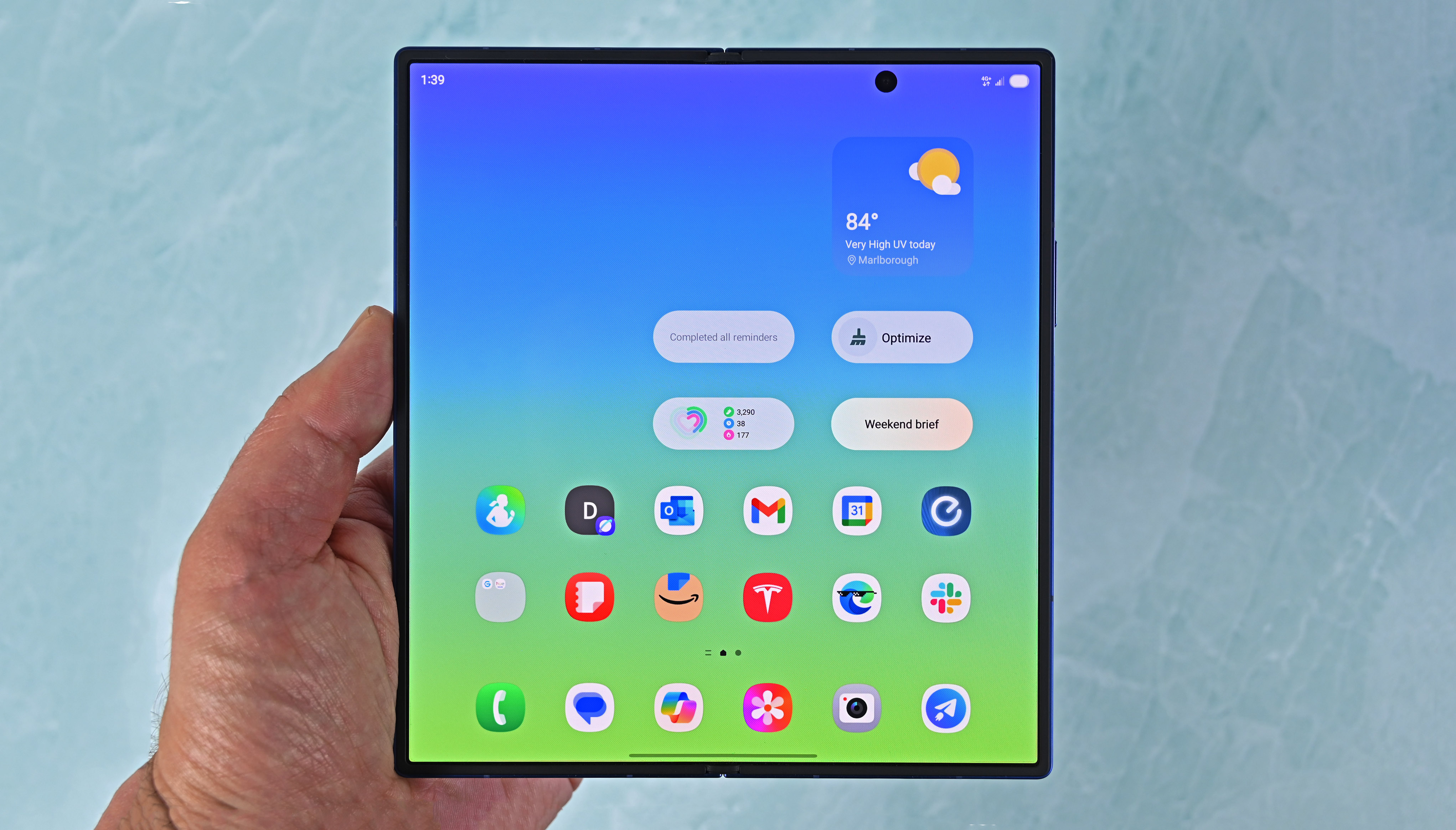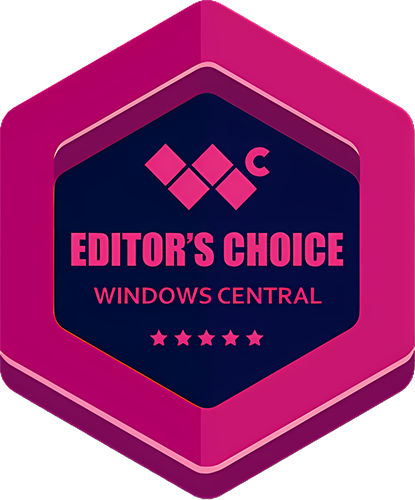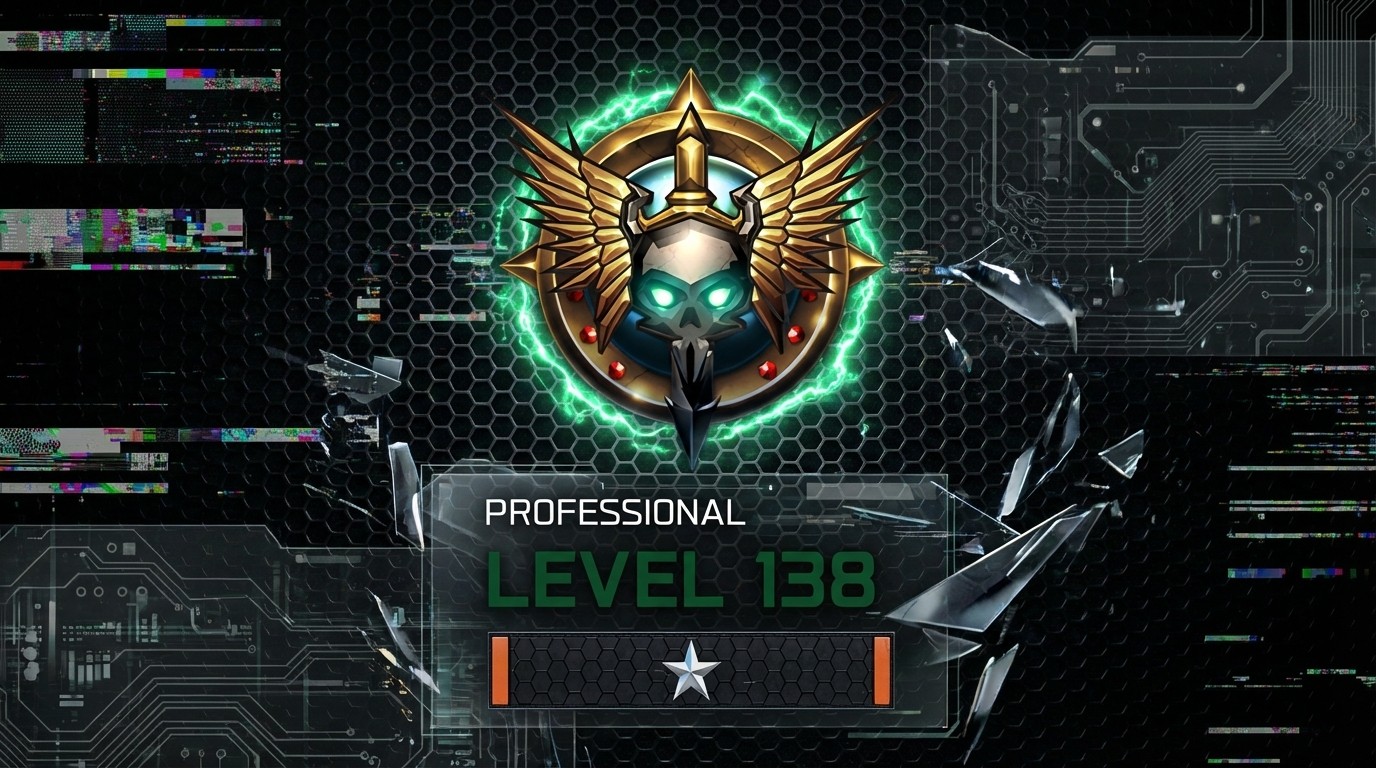Windows Central Verdict
Despite its now even higher price, the Galaxy Z Fold 7 is the first foldable phone for mainstream users who want an 8-inch OLED experience, but in the size of your standard 6.5-inch smartphone. The new 200MP camera and thinner and lighter design all make this a winner.
Pros
- +
Super thin
- +
Feels like a normal phone
- +
Flagship camera
- +
Lighter than S25 Ultra
Cons
- -
Even higher price (US)
- -
No S Pen feature
- -
Difficult to open
Why you can trust Windows Central
When it comes to smartphones, there have been companies that play it safe (Apple) and then take some big leaps like LG, Nokia, and, on occasion, Samsung.
I’ve had the new Galaxy Z Fold 7 for a week now and, for the most part, this is the foldable phone people have envisioned. Sure, the S Pen is gone (more on that below), but when folded, this finally feels like a normal phone — it just happens to be able to unfold into an 8-inch display.
Of course, anyone following this site knows its origins were smartphones, specifically Windows Mobile/Phone. That story crashed and burned, but Microsoft tried a second time with its Surface Duo and Surface Duo 2 phones. Because they were market bombs, Microsoft never made it to a third iteration, which is a shame, as Surface Duo 2 was a considerable improvement over the first.
But Samsung proves the point that patience is a virtue. Seven versions and six years later, Samsung figured out the winning recipe. Had Microsoft stuck with Surface Duo (even if shifted to a foldable design), it too could have achieved this, like how Surface Pro 4 and Surface Pro 11 were game changers for that form factor.

I've been on this site for 18 years, back when all we did was cover smartphones. Since then, I've reviewed dozens of phones, hundreds of laptops, and a boatload of other cutting-edge technology.
This review was made possible thanks to a loaner review sample provided by Samsung. Samsung had no input or saw the contents of this review prior to publication.
Build quality and features
The Fold 7 is now the fourth Fold I’ve had, although I returned the Z Fold 4 due to it being a brick, so I’m quite familiar with its evolution.
To say the Fold 7is a big leap even from Fold 6 would be an understatement, as it’s a bit unreal how thin it is compared to last year’s model. Everyone I show it to widens their eyes and usually utters a ‘wow,’ which even I did despite knowing everything about it ahead of time.
At 8.9mm folded and 4.2mm unfolded, it comes as a standard 6.5-inch modern smartphone. New this year is the slightly wider cover display with a more typical 21:9 aspect (versus 22.1:9 on the Fold 6). That means typing on it now is also more normal than earlier versions, and it lets you use the Fold 7 folded most of the time.
All the latest news, reviews, and guides for Windows and Xbox diehards.
But when you want that bigger experience, you can open to a gorgeous 8-inch (up from 7.6-inch) QXGA+ Dynamic AMOLED (2184x1968) 120Hz refresh display that lets you peep your photos or read more comfortably.
• Main display: 8-inch QXGA+ Dynamic AMOLED (2184 x 1968), 120Hz adaptive refresh rate (1~120Hz)
• Cover display: 6.5-inch FHD+ Dynamic AMOLED 2X Display(2520 x 1080, 21:9), 120Hz adaptive refresh rate (1~120Hz)
• Chipset: Qualcomm Snapdragon 8 Elite for Mobile Platform for Galaxy
• RAM: 12GB / 16GB (1TB only)
• Storage: 256GB / 512GB / 1TB
• OS: Android 16 / OneUI 8
• Primary camera: 200MP f1.7
• Ultrawide camera: 12MP f2.2
• Telephoto: 3x 10MP f2.4
• Cover Camera: 10MP f2.2
• Inner Camera: 10MP f2.2
• Battery: 4,400mAh
• Price: Starting $1,999 US
Also new this year is that 200MP shooter instead of the older 50MP sensor. That was always a trade-off with these super-expensive foldable phones: Worse cameras. But that seems mostly solved now. While it's behind the Galaxy S25 Ultra in terms of lens options, the wide, ultra-wide, and telephoto get the job done for most people. As someone who’s been loving the S25 Ultra, this finally makes it easy to transition since they have, as far as I can tell, the same primary camera.
I also say the new “blue shadow” colorway is excellent.
As far as the display crease, it’s still technically there, but it is much less pronounced compared to Fold 6 when you drag your finger across.
Can I also mention how much I prefer OneUI these days? OneUI 8 is just a minor update to OneUI 7, but Samsung’s software and in-box apps are some of my favorites. The weather, fitness, Now Brief, optimize app, and even Samsung News are all my default choices because I like them so much (Samsung Wallet has yet to convince me, though). Add Samsung’s Good Lock app for next-level customization, and I’m very satisfied.
Overall, Samsung always nails hardware, and what you see in the commercials is what you get. They’ve figured out this form factor, give or take a few niggles (I’ll share those below).
The S Pen controversy
What about the missing S Pen? It's only by removing its digitizer for the S Pen that Samsung was able to reduce the thickness, hence why Pixel 9 Pro, OnePlus Open Find N2 Flip, etc., were always thinner than the Samsung Fold series.
Indeed, none of Samsung’s current competitors in the foldable space utilize a pen.
Do I care it’s no longer here? Not in the least. I’m one of those in love with the idea of the S Pen (which really is excellent), but who barely used it on previous Folds and Ultra phones (and Surface Duo 2). And Samsung knows that this was true for most Fold users, too (it didn’t help that you had to buy the S Pen separately or use a bulky case to carry it around).
But Samsung made a bet: More people would appreciate the thinness than would be mad at the missing S Pen. I think they’re right.
That said, I do hope the S Pen (without the need for a digitizer) does return as it's niche, but it has a dedicated audience.
Other gripes
One small thing that bugs me is that you must clumsily pry open the Fold 7, which was the issue I had with the Fold 4 (and was seemingly fixed with Fold 5 and Fold 6). Samsung could benefit from a little notch or something to grip. Putting a case on helps, but some may rightly reject such an option as it “ruins” the experience for them.
There is also the case of the missing under-display camera, which was undoubtedly a nifty trick to give you a seamless tablet-like experience, but frankly, it was also terrible. With the Fold 7, Samsung has gone back to a simple hole-punch camera, and as my colleagues at Tom’s Guide noted, it’s much better for it. I think this is more of a win than a gripe, though personally I’d be OK with Samsung just removing that camera entirely.
Samsung Fold 7 is a remarkable accomplishment and the first folding phone everyone should consider if they want that form factor.
Everyone is also up in arms that Samsung is using a standard 4,400mAh lithium-ion battery instead of the new-fangled silicon-carbon type found in Chinese brands, which can pack more juice into a smaller space. Considering Samsung’s past with “exploding” phones, I can see why it would be hesitant to adopt new battery technology, which is not always perfect (silicon-carbon batteries are also supposed to age quicker and hold less charge over time faster than lithium-ion, and there are also potential issues with mass production and scalability).
There is also the slower charger at just 25 watts (and 15 for wireless), which does feel old in 2025.
And finally, price. People used to laugh at Microsoft’s $1,399 Surface Duo even though it was $400 cheaper than Samsung's Fold. Indeed, the thought was that Samsung would lower the price over time. Yet, at least in the U.S., Samsung has raised the price two times, making it now $1,999. That’s a tough pill for most people to swallow!
How is the battery?
Battery life on Fold 7, so far, for me has been on par with Fold 6, which is not trivial. The phone is substantially thinner yet shares the same-sized battery. Battery drain might be higher, though, due to the new larger displays, but the (ahem) “Qualcomm Snapdragon 8 Elite for Mobile Platform for Galaxy” is efficient enough to negate this.
Moreover, despite lacking a vapor chamber this year, the Fold 7 reportedly runs cooler than the Fold 6 (that same video shows Fold 7 slightly beating Fold 6 in battery matchup).
All in all, the Fold 7 is an all-day phone for me, with around 20 to 30% by the time I plug it in at night. It’s not amazing, but it has been good enough. My S25 Ultra, by comparison, often finishes the day between 40 and 50 %.
Samsung Z Fold 7 vs. Galaxy S25 Ultra
I’ve been mostly using the S25 Ultra since it came out, putting aside the Fold 6 despite how much I liked it. Reasons include the S25 Ultra’s gorgeous anti-reflective screen, which is literally like a middle child between the Fold’s cover and inner displays in terms of size, but just better quality.
The S25 Ultra, in short, is the best phone for most people. In fact, I can confidently say the S25 Ultra is the best phone I’ve ever used. Camera, battery life, display, S Pen, and its (what I consider) perfect design are stellar. I don’t want to see them ever change the layout, just upgrade the hardware, but unfortunately, that’s not how tech works, where change for the sake of change drives these yearly updates (no thanks to Apple for starting this trend, by the way).
Being able to find the S25 Ultra on sale now for $1,099 means that $900 savings over the Fold 7 can go a long way. Of course, if you really want that pocket-tablet experience with almost all the S25 Ultra’s features, the Galaxy Z Fold 7 is simply awesome, so it’s really about what you prefer and what you can afford.
(For what it’s worth, Samsung.com offers great trade-ins, like Apple. Once you’re “in” on Samsung’s phones, trading in yearly significantly reduces the price. For example, my Fold 6 gets $1,000 off for the Fold 7. Many of the Windows Central staff now use Samsung for this reason and because they work best with Windows 11’s Phone Link, thanks to exclusive features.)
Samsung Galaxy Z Fold 7: Yay or nay?
As an early “hater” of the Fold series, I applaud Samsung’s commitment to making this form factor work. It’s not for everyone, that’s for sure, but it took big risks to get to this seventh version and a strong commitment. By comparison, Microsoft famously tapped out on Surface Duo after version 2 despite making substantial progress. Imagine what Surface Duo 4 would have been like had it kept at it.
So, my TL;DR is that the Samsung Fold 7 is a remarkable accomplishment and the first folding phone everyone should consider if they want that form factor. Too bad about the price, but aside from that, I’ll be using it for a long time.
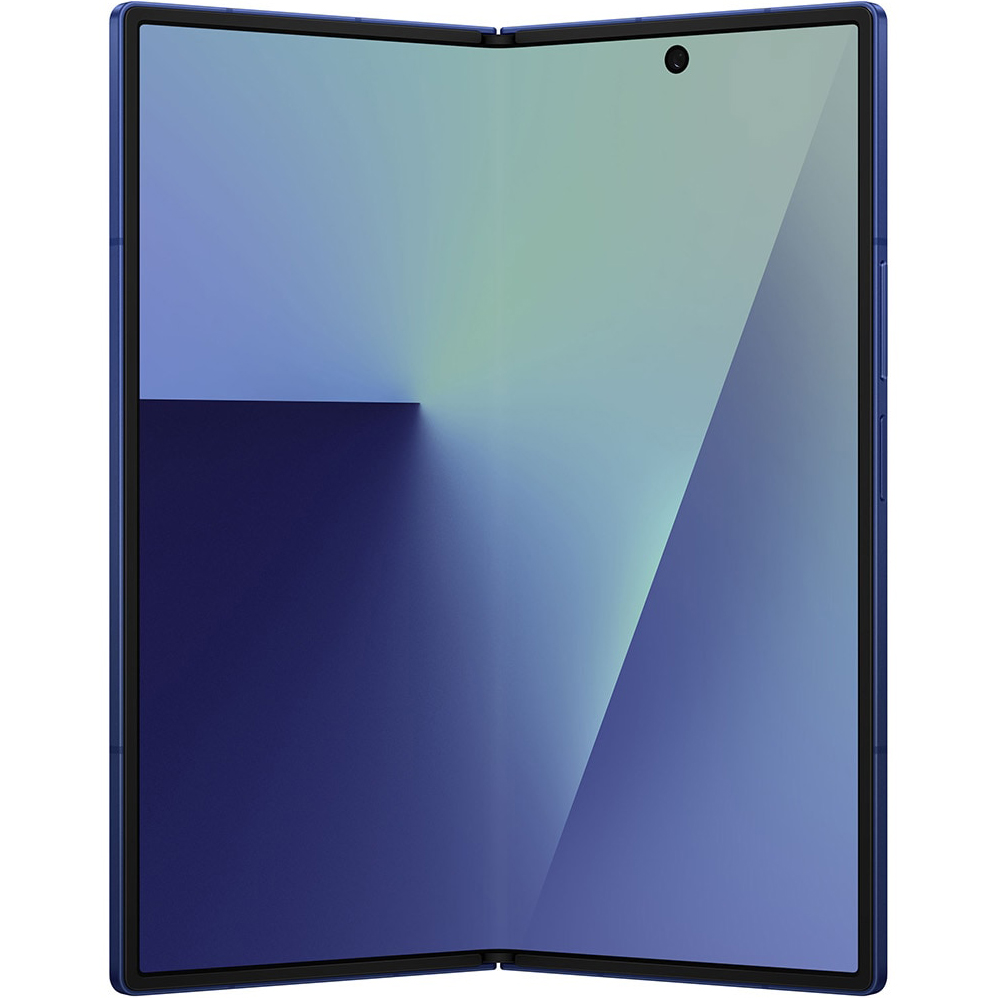
Samsung's Galaxy Z Fold 7 sacrifices the S Pen but offers a sleeker, more mainstream ultra-thin design with a 200MP flagship camera for the first time. Although it's now even more expensive (in the US), Samsung's persistence has resulted in its best phone since... well, the excellent S25 Ultra.

Daniel Rubino is the Editor-in-chief of Windows Central. He is also the head reviewer, podcast co-host, and analyst. He has been covering Microsoft since 2007 when this site was called WMExperts (and later Windows Phone Central). His interests include Windows, laptops, next-gen computing, and wearable tech. He has reviewed laptops for over 10 years and is particularly fond of 2-in-1 convertibles, Arm64 processors, new form factors, and thin-and-light PCs. Before all this tech stuff, he worked on a Ph.D. in linguistics, performed polysomnographs in NYC, and was a motion-picture operator for 17 years.
You must confirm your public display name before commenting
Please logout and then login again, you will then be prompted to enter your display name.
